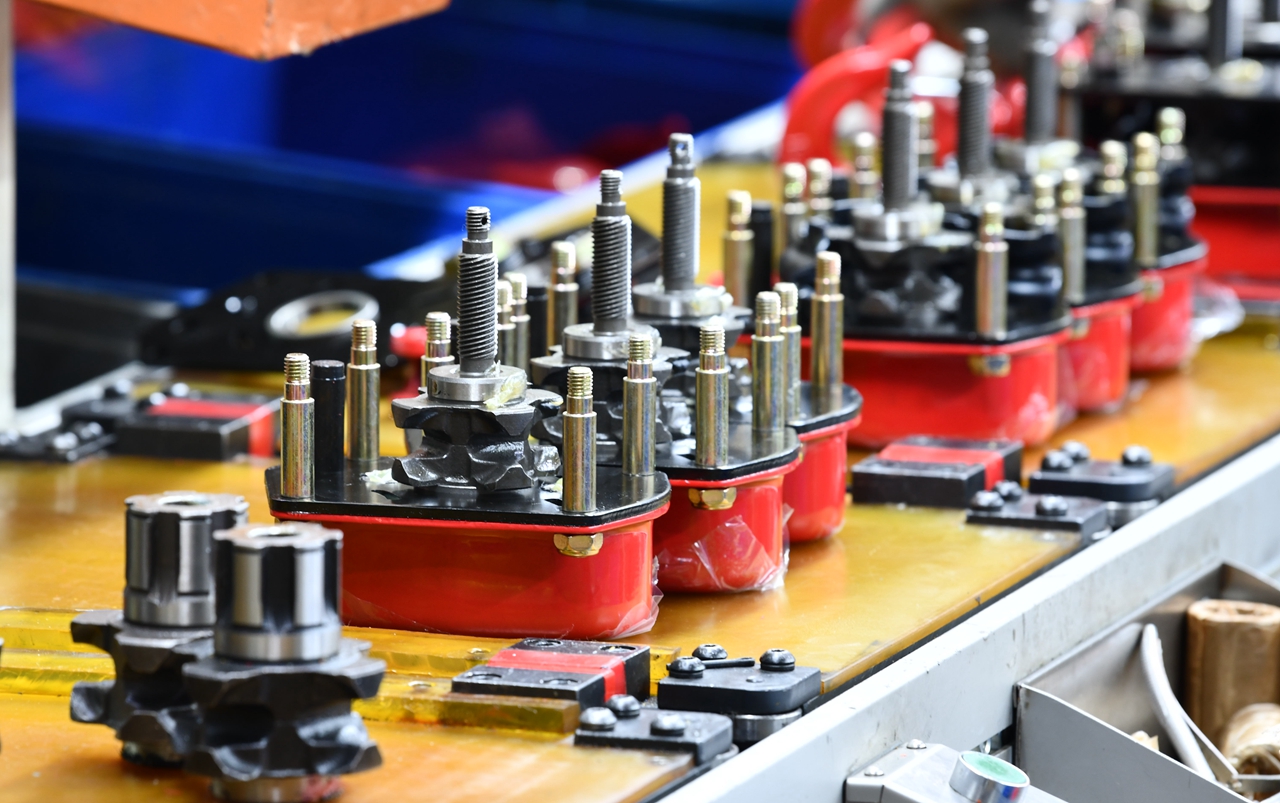A lever hoist, also known as a lever chain hoist or manual lever hoist, is a portable and manually operated lifting device designed for hoisting and positioning heavy loads in various industrial and construction settings. Lever hoists are known for their simplicity, durability, and versatility, making them valuable tools for material handling and lifting applications where precision and control are essential.
AS 1418.2 is an Australian Standard that specifies safety requirements for manually operated lever hoists. This standard, titled "Cranes (including hoists and winches) - Part 2: Mobile cranes," is part of the AS 1418 series, which covers various aspects of crane and lifting equipment safety in Australia. Specifically, AS 1418.2 focuses on the safety requirements for mobile cranes, including lever hoists.
Lever Operation: Lever hoists are operated by manually pulling or pushing a lever. The lever is typically located on the side of the hoist and is used to lift, lower, or position loads. The lever's design provides mechanical advantage, allowing users to lift heavy loads with relatively little physical effort.
Here are some key points related to manually operated lever hoists and AS 1418.2:
- Scope: AS 1418.2 provides safety requirements and guidelines for the design, construction, testing, and safe use of manually operated lever hoists in Australia.
- Design and Construction: The standard outlines design and construction requirements for lever hoists, including materials, load-bearing components, safety features, and dimensions. It covers aspects like load hooks, levers, and mechanisms.
- Load Capacity: Lever hoists have specified load capacities, and these should not be exceeded to ensure safe operation. The standard provides guidance on how load capacities should be determined and marked on the equipment.
- Testing and Certification: Manufacturers of lever hoists must conduct testing to ensure compliance with the standard's safety requirements. Equipment that meets these requirements can be certified accordingly.
- Safety Features: AS 1418.2 includes requirements for safety features such as load-limiting devices, brakes, and emergency stop controls to enhance the safety of lever hoists.
- Instructions for Use: Manufacturers are required to provide clear and comprehensive instructions for the installation, operation, and maintenance of lever hoists.
- Inspection and Maintenance: Users of lever hoists should perform regular inspections and maintenance to ensure that they remain in safe working condition. The standard may provide guidance on inspection intervals and procedures.
- Training and Competency: Operators and users of lever hoists should be adequately trained and competent in their safe operation.
It's important to note that AS 1418.2 is specific to the Australian market and regulatory environment. If you are using or considering lever hoists in Australia, compliance with AS 1418.2 is essential to ensure safety and regulatory compliance.
Always follow the manufacturer's instructions and safety guidelines when using lever hoists or any lifting equipment. Additionally, consult with relevant authorities or experts in your region to ensure compliance with local safety regulations and standards.



